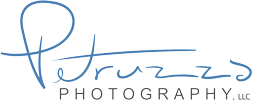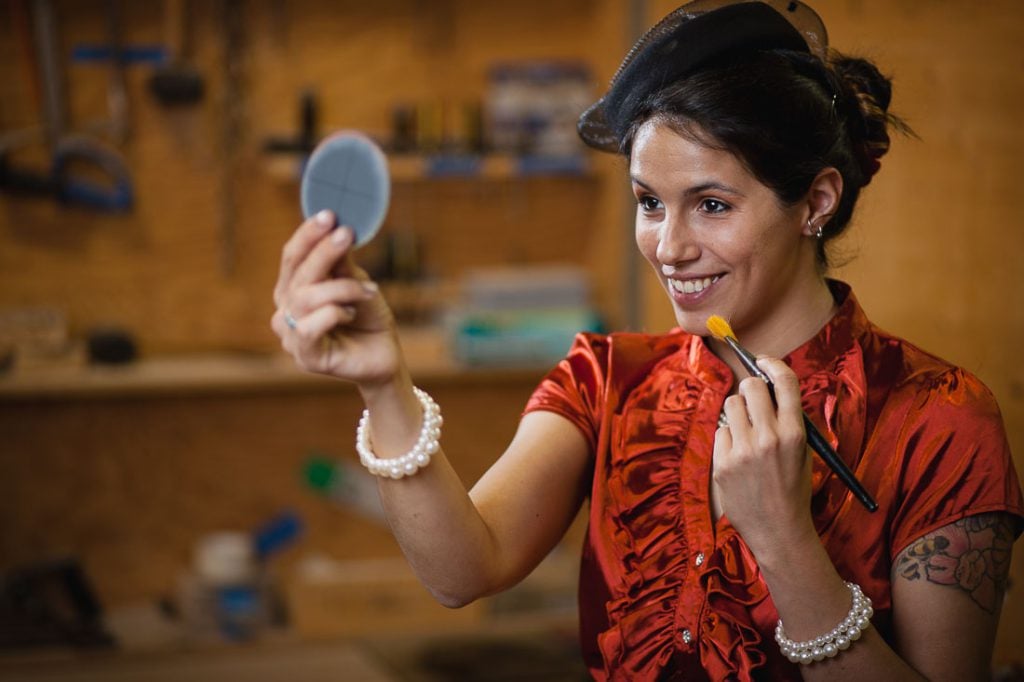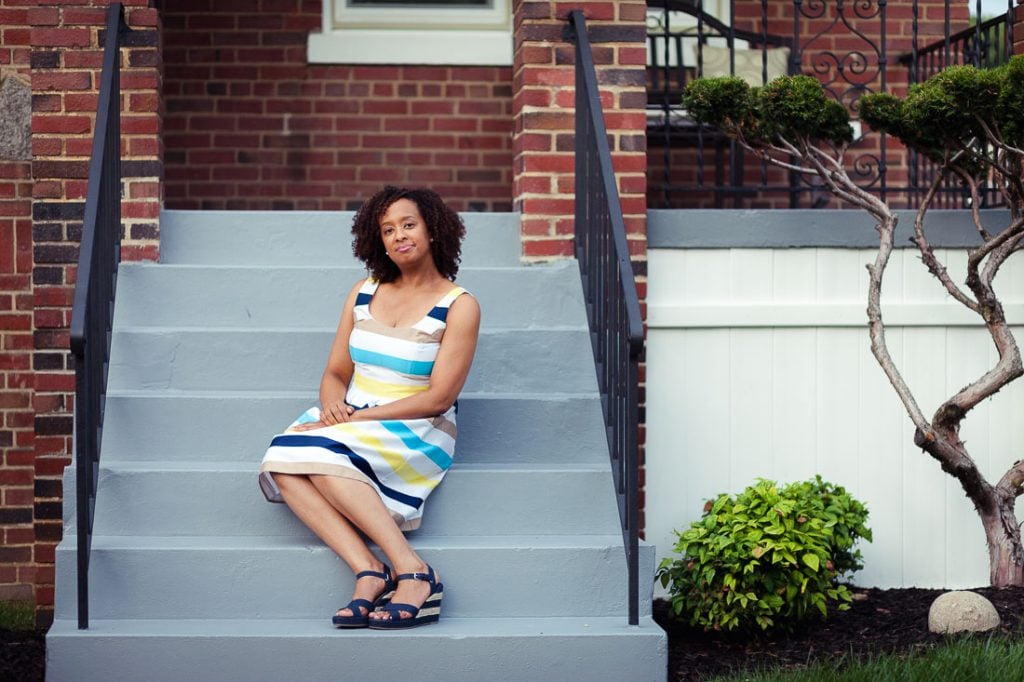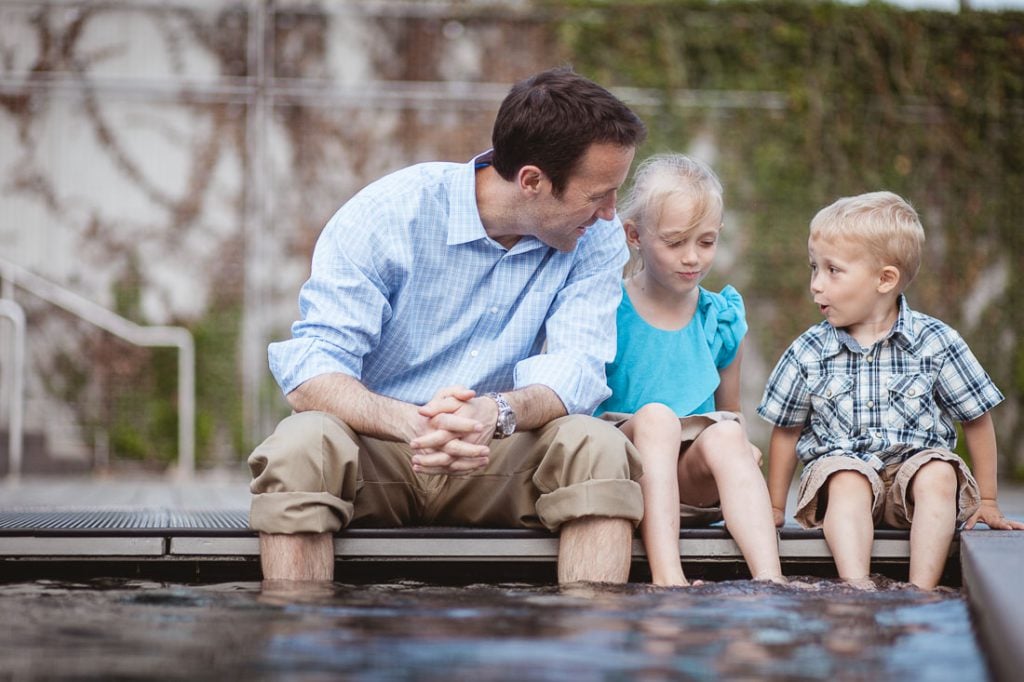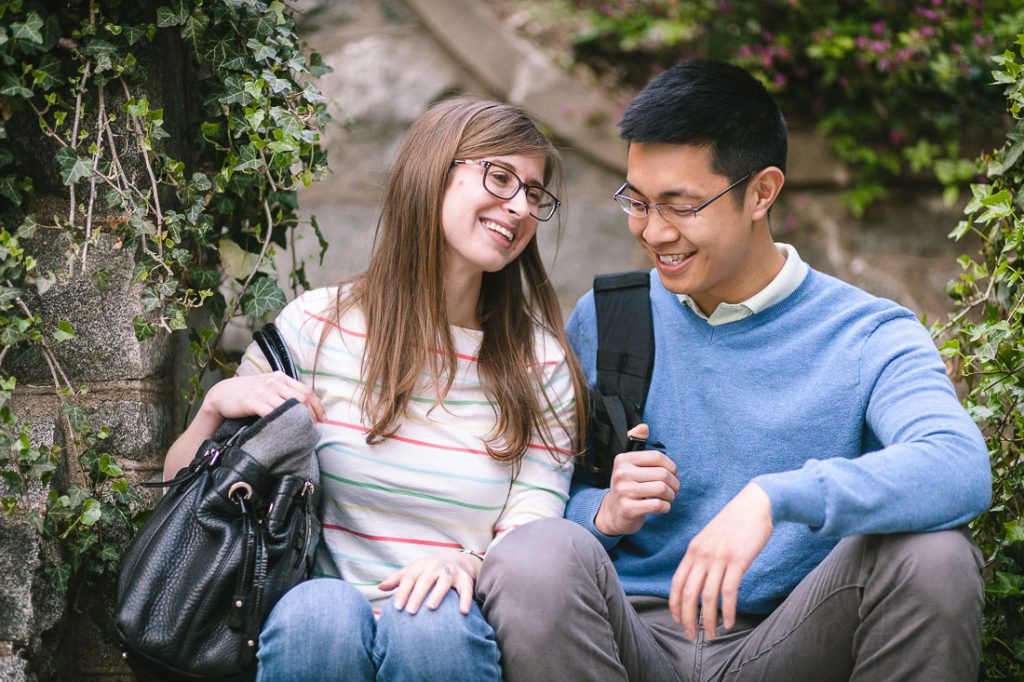During a portrait session your photographer will guide you through a series of images. Of course, not every session calls for all of them, and depending on who you are and why you want the images, we might focus on some more than others. This is part of our process which helps us capture the level of variety in the images we want to deliver.
Since a lot of people feel hesitant to schedule a portrait session because they don’t know what to expect, I thought I’d share a little bit about that process. To give you a better idea of what that will look like, here are the four basic kinds of images we’ll be taking while we’ll out there on your portrait session.
The practice images
When we first get started, we’ll focus on taking some practice images. There’s a good chance we won’t tell you that that’s what we’re doing, but it is. These images help us get warmed up, they help you loosen up and they help us get used to the location and quickly experiment with concepts before directing you into them.
We go in and out of creating images like these throughout the session. Often times the first few images we take in any arrangement end up being rejected. It takes most people a few minutes to relax, and sometimes, just hearing the camera click off a few times can help that move right along. These images also happen make up a large portion of they mages we don’t deliver.
The good news is these test images almost never see the light of day, so a bad one won’t come back to haunt you.
The posed images
During your session we’re going to give you some direction. Some of that direction will be very specific and aimed at achieving a very particular look. These are the posed images where we are looking for a straight back, firm shoulders, just the right head tilt, an elegant or strong hand placement. In other words, not the most natural you, rather, your carefully tailored best version of you.
In some cases, these don’t work. If you have a very big group, for example, the group will drift faster than it can be arranged. In those cases, we have to pose the group fast and loose. Children are also usually unable to follow the instructions for posed images and in many cases we don’t even try because if it doesn’t work out we might lose their cooperation completely.
These images can be fun, although a little uncomfortable at times. The motions involved with posing are usually foreign to us. We tend to think of how we look best in our mind, and think of how we feel best in our body, but they usually do not line up. When we feel comfortable, our position doesn’t necessarily look its best. For a lot of people, this creates a kind of discord where you feel uncomfortable, but you look great.
The candid images
Understand, almost no images from a portrait session, except those of small children, are truly “candid”. We set up these images too. But the idea is to deemphasize the camera’s character in the images. When a subject looks directly in the camera, you become aware of the camera as a character in the scene. When a subject looks away, the camera is allowed to remain invisible.
So during your portrait session, we’ll try to create opportunities for images with a candid feel. We set up a scenario, and create images as it unfolds. We usually don’t interfere once things are in motion. Think walking images, images of you reading, looking out at the water, relaxing.
There was a set up, but what happened was real and capture to limit our perfectionism to what can be done with the camera and our feet. These images are meant to capture the most natural side of you. The part of you that feels comfortable in your body. And they graciously accept any of your imperfections as important qualities in the image.
The action images
Action images are a lot like the candid images I described above. They are not meticulously arranged. They do not attempt to artificially eliminate imperfections. However, these images differ in that they have a very specific purpose to communicate. They have to make an attempt at a specific description of you, or something you do. For example, If you’re a painter, we display that in action.
These are the images where we put what you love to do in they mage itself. Think images of you working in the garden, or working at a desk. These images are common for businesses who often want show their employees displaying their contribution to the company.
Like the highly posed images described above, we don’t necessarily create images like these at every session. But when we see a relevant opportunity to do so, we will usually take it.
